As the world continues to search for sustainable and renewable energy sources, wave energy conversion has emerged as a promising yet underexplored frontier. Unlike solar or wind power, which have gained significant traction in recent decades, harnessing the kinetic energy of ocean waves remains in its relative infancy. The potential, however, is enormous. Oceans cover more than 70% of the Earth's surface, and their constant motion represents a vast, untapped reservoir of energy. Researchers and engineers are now working to develop technologies that can efficiently capture this power and convert it into usable electricity.
The concept of wave energy conversion is not new. Early attempts date back to the 18th century, but it wasn't until the oil crises of the 1970s that serious research began. Today, with climate change driving urgent calls for decarbonization, wave energy is receiving renewed attention. The basic principle involves devices that float on or near the surface of the water, moving with the waves. This motion drives mechanical systems or hydraulic pumps, which then generate electricity. The challenge lies in designing systems that can withstand harsh marine environments while maintaining efficiency and reliability.
One of the key advantages of wave energy is its predictability. Unlike wind or solar, which can be intermittent, waves are generated by consistent forces such as tides and winds over large bodies of water. This means wave energy systems can provide a more stable and continuous power output. Additionally, wave energy devices are often less visually intrusive than wind turbines, making them potentially more acceptable to coastal communities concerned about landscape impacts.
Despite these advantages, significant hurdles remain. The marine environment is notoriously corrosive, and devices must endure saltwater, storms, and biofouling from marine organisms. Maintenance and repair operations are also more complex and costly at sea compared to land-based energy systems. Moreover, the technology is still in the developmental stage, with many competing designs vying for dominance. Some systems use floating buoys that move up and down with the waves, while others employ oscillating water columns or hinged flaps. Each approach has its own set of trade-offs in terms of efficiency, durability, and scalability.
Another critical issue is the integration of wave energy into existing power grids. The electricity generated by wave energy converters often needs to be transmitted over long distances from offshore installations to onshore grids. This requires robust underwater cables and infrastructure, adding to the overall cost. Furthermore, the variable nature of wave energy—though more predictable than wind or solar—still necessitates advancements in energy storage or complementary technologies to ensure a steady power supply.
Governments and private investors are beginning to recognize the potential of wave energy, with pilot projects underway in several countries. Scotland, for instance, has become a leader in testing wave energy devices due to its strong ocean currents and supportive policies. Similarly, Portugal and Australia have made strides in deploying experimental systems. These projects are crucial for gathering real-world data and refining technologies. However, widespread commercialization will depend on reducing costs and proving long-term viability.
Environmental concerns also play a role in the development of wave energy. While the technology is clean in terms of emissions, there are questions about its impact on marine ecosystems. The noise and physical presence of wave energy devices could affect marine life, particularly migratory species or those sensitive to vibrations. Researchers are conducting studies to mitigate these risks, but the findings will be essential for gaining regulatory approvals and public support.
Looking ahead, the future of wave energy conversion hinges on collaboration between scientists, engineers, policymakers, and communities. Breakthroughs in materials science, such as more durable composites or anti-fouling coatings, could address some of the technical challenges. Meanwhile, innovative financing models and government incentives may help accelerate deployment. If these efforts succeed, wave energy could become a significant contributor to the global renewable energy mix, complementing other sources and reducing reliance on fossil fuels.
The journey from experimental prototypes to mainstream adoption will not be easy, but the rewards could be transformative. As the technology matures, wave energy has the potential to power coastal cities, remote islands, and even offshore industries like aquaculture. For now, the focus remains on overcoming the barriers and unlocking the immense power of the oceans—one wave at a time.
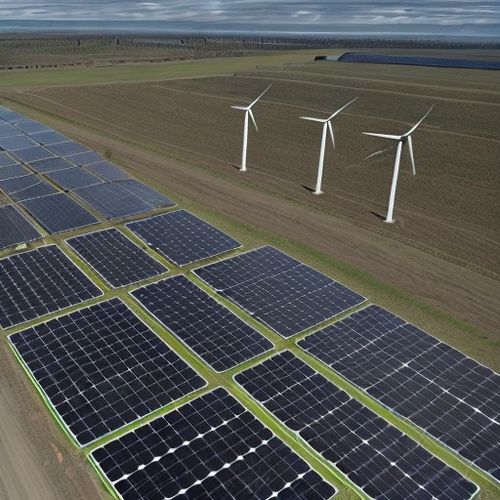
By Megan Clark/Apr 19, 2025

By Thomas Roberts/Apr 19, 2025
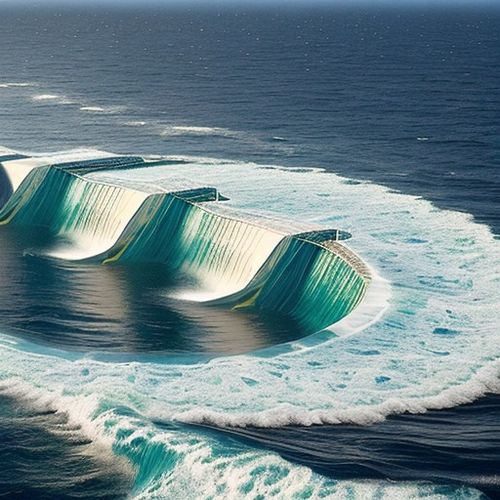
By Thomas Roberts/Apr 19, 2025

By Emily Johnson/Apr 19, 2025

By Samuel Cooper/Apr 19, 2025

By Samuel Cooper/Apr 19, 2025

By George Bailey/Apr 19, 2025

By Joshua Howard/Apr 19, 2025

By William Miller/Apr 19, 2025

By Emily Johnson/Apr 19, 2025

By William Miller/Apr 19, 2025

By James Moore/Apr 19, 2025
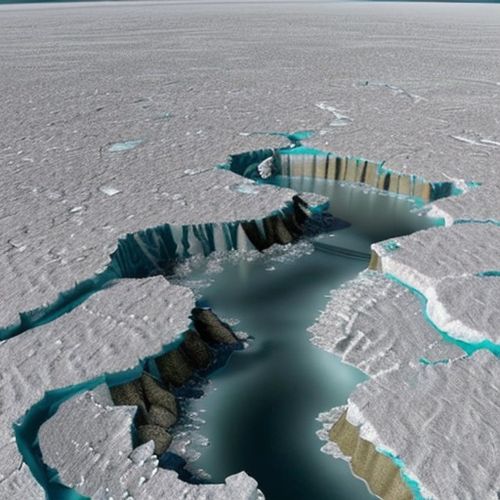
By Joshua Howard/Apr 19, 2025

By William Miller/Apr 19, 2025

By James Moore/Apr 19, 2025

By Elizabeth Taylor/Apr 19, 2025
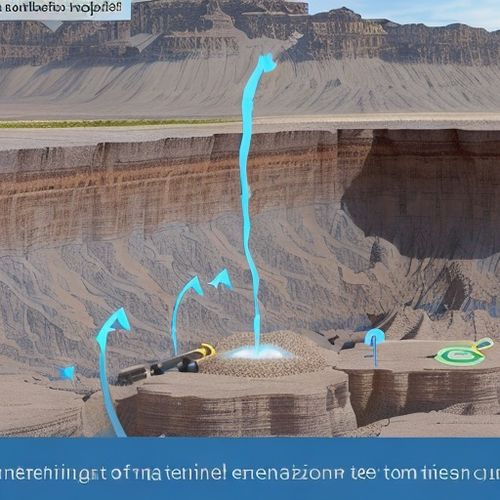
By Grace Cox/Apr 19, 2025
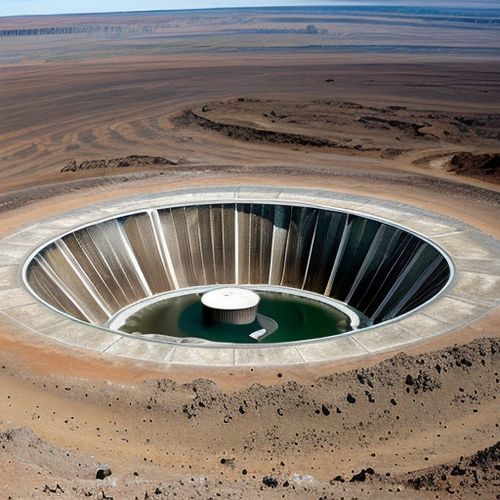
By Grace Cox/Apr 19, 2025

By Joshua Howard/Apr 19, 2025

By David Anderson/Apr 19, 2025